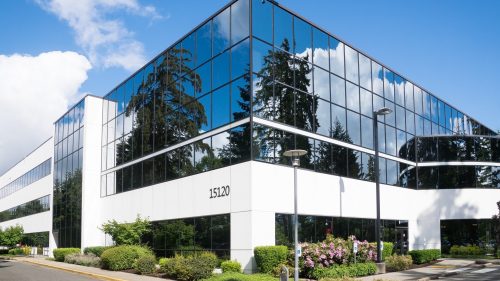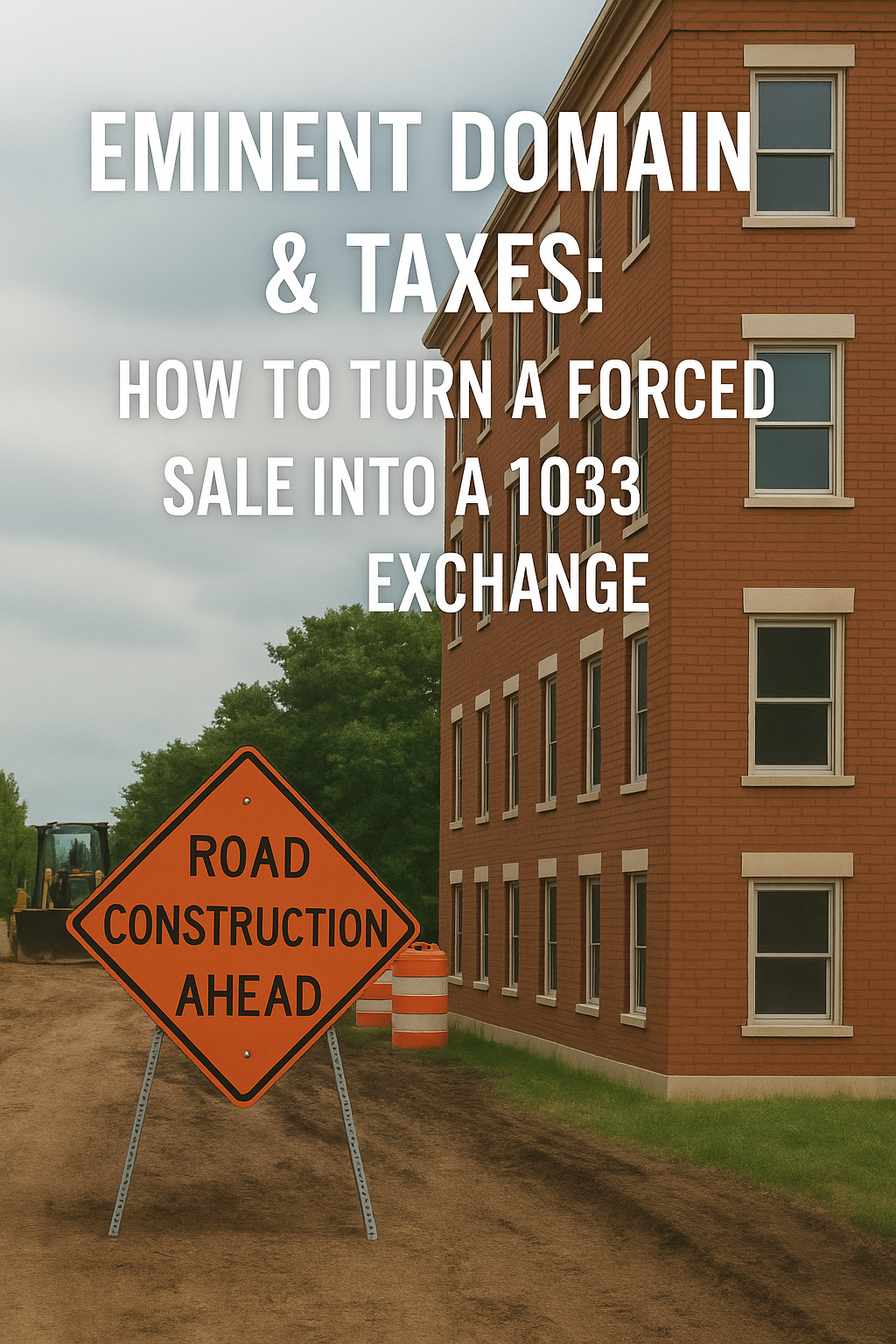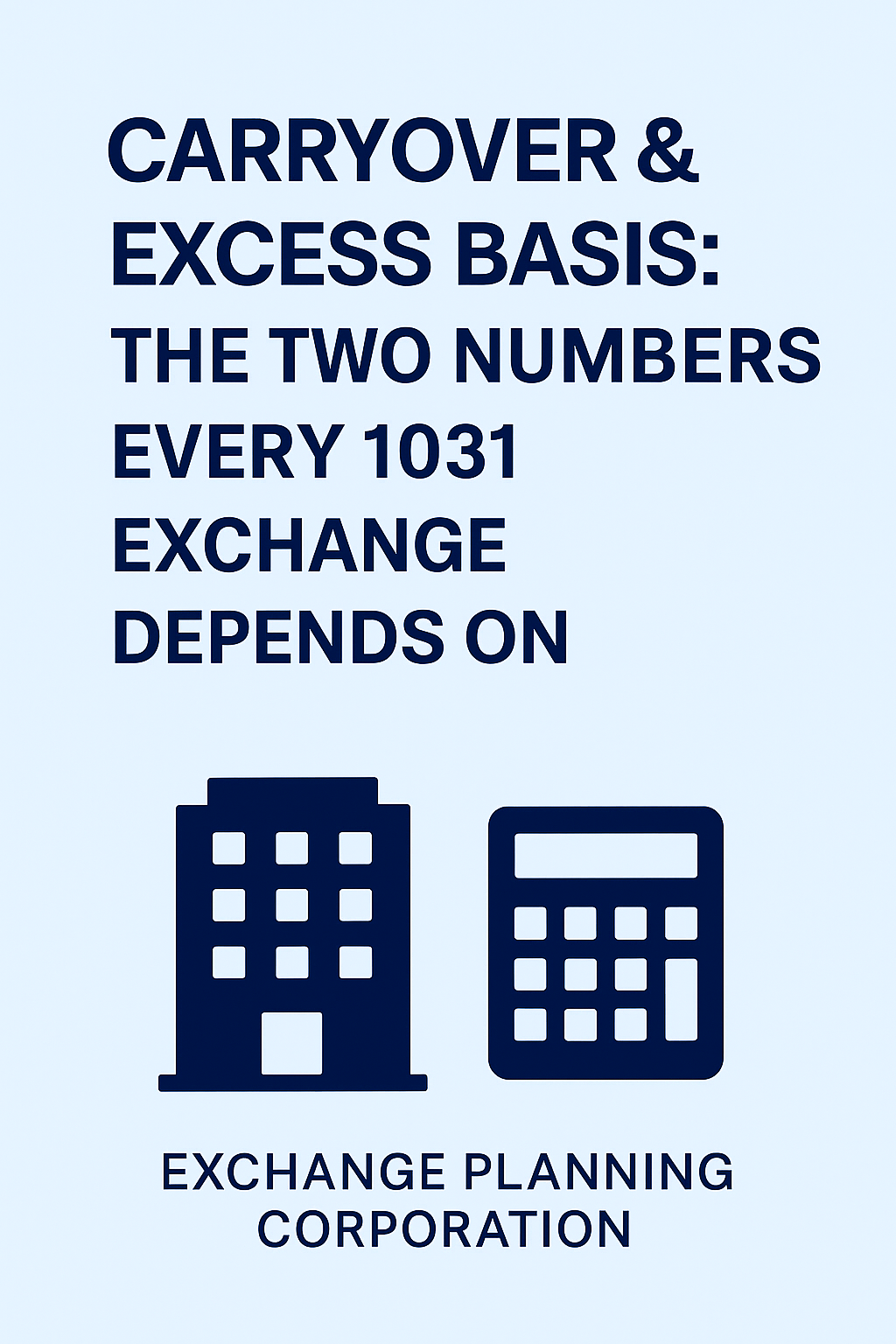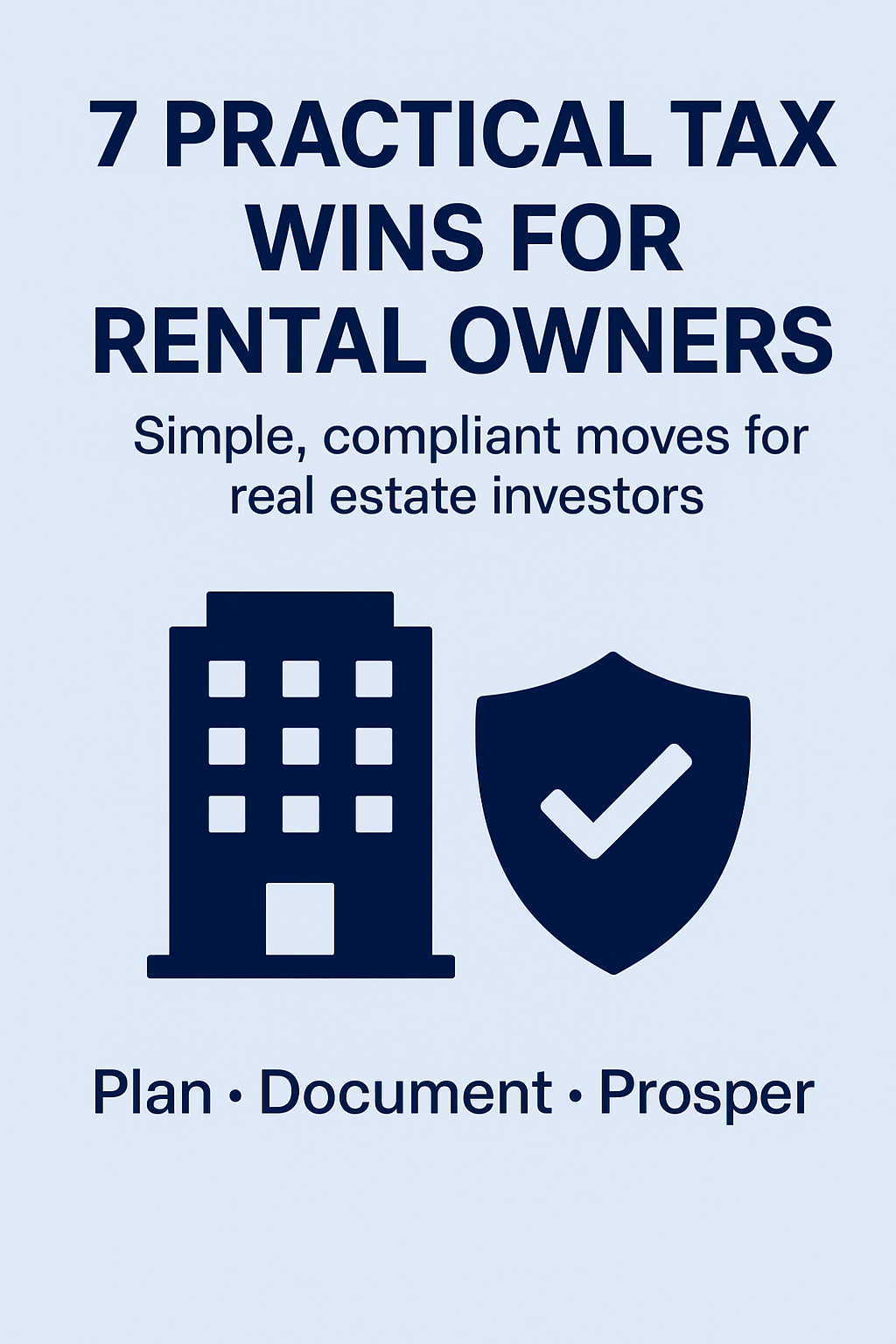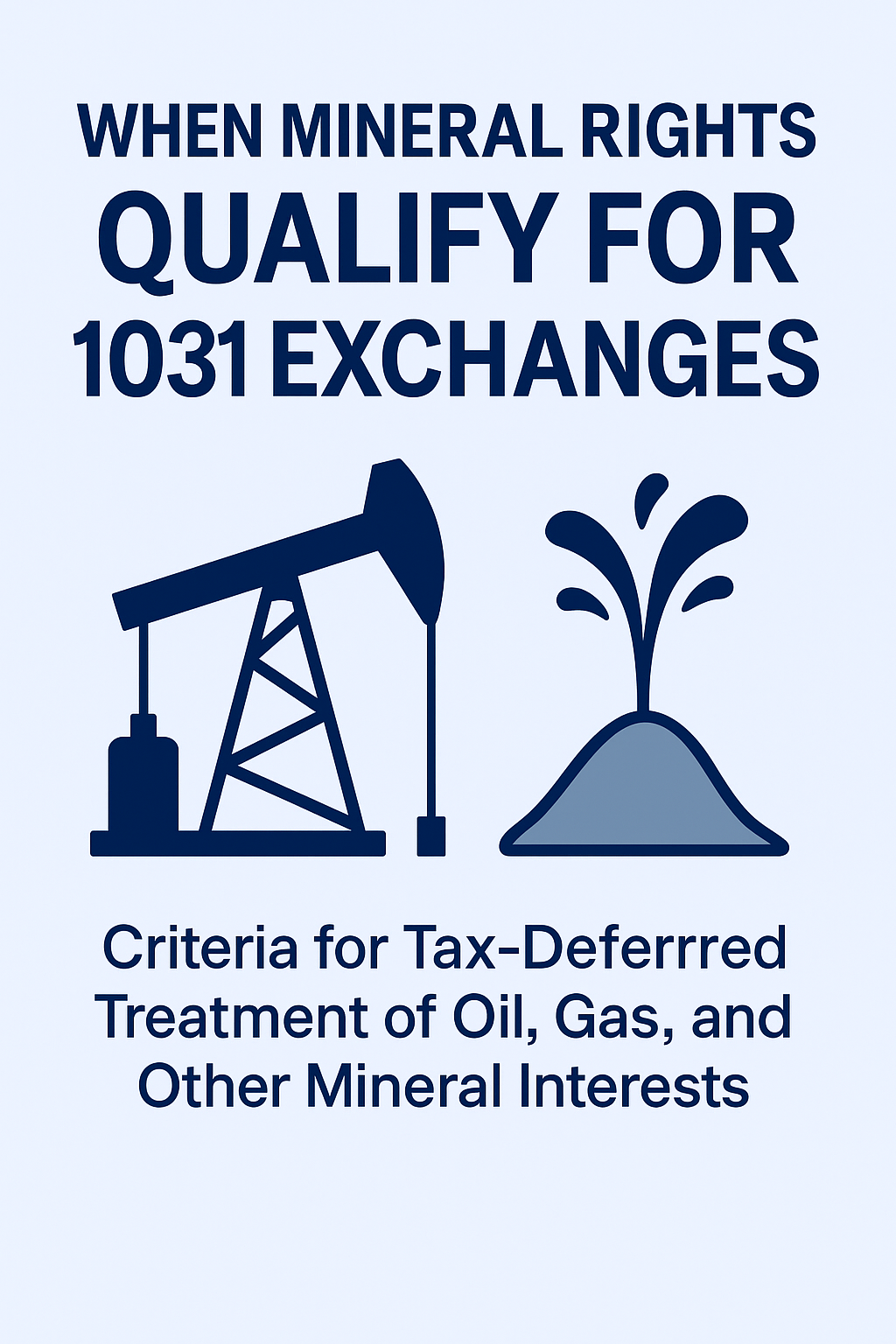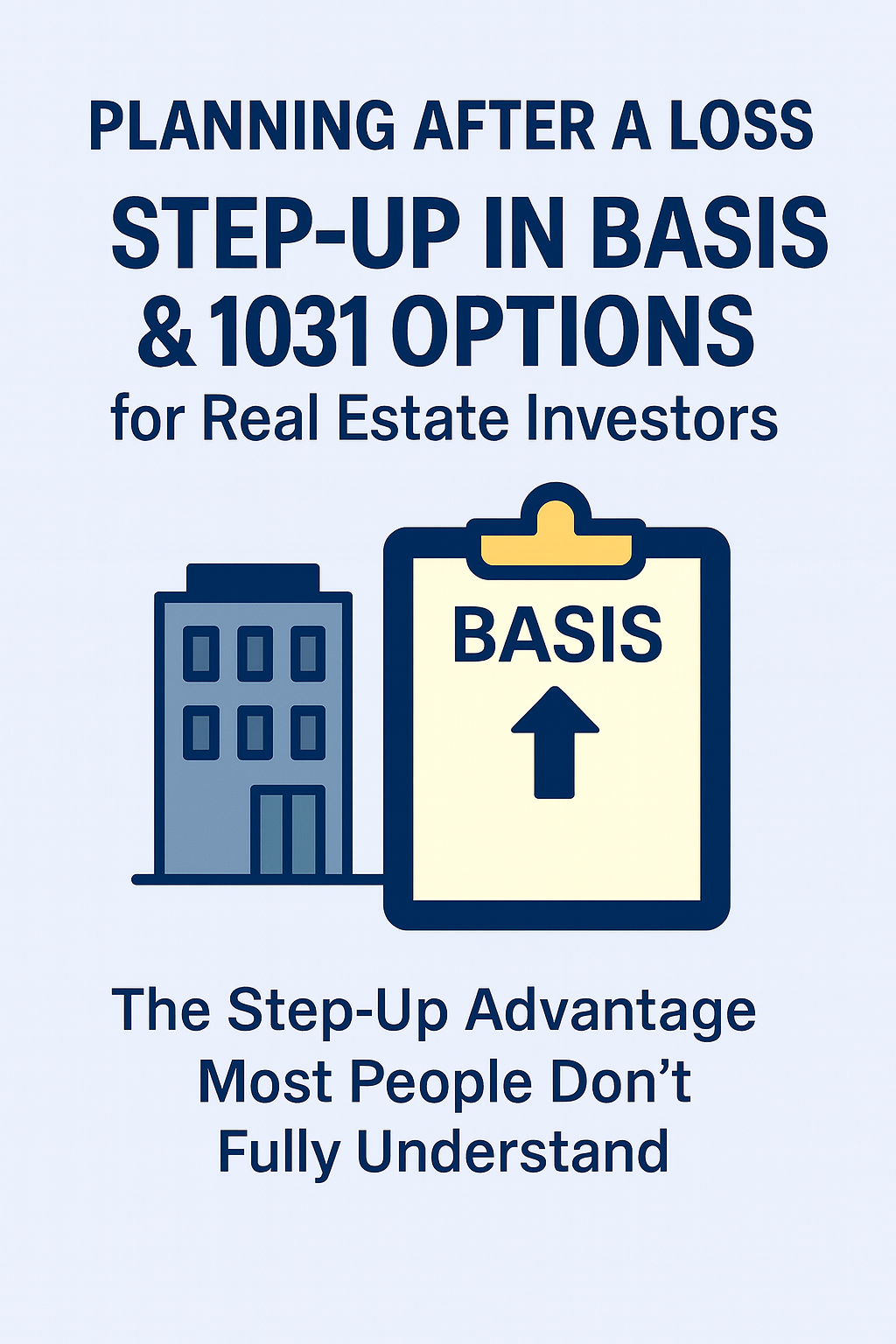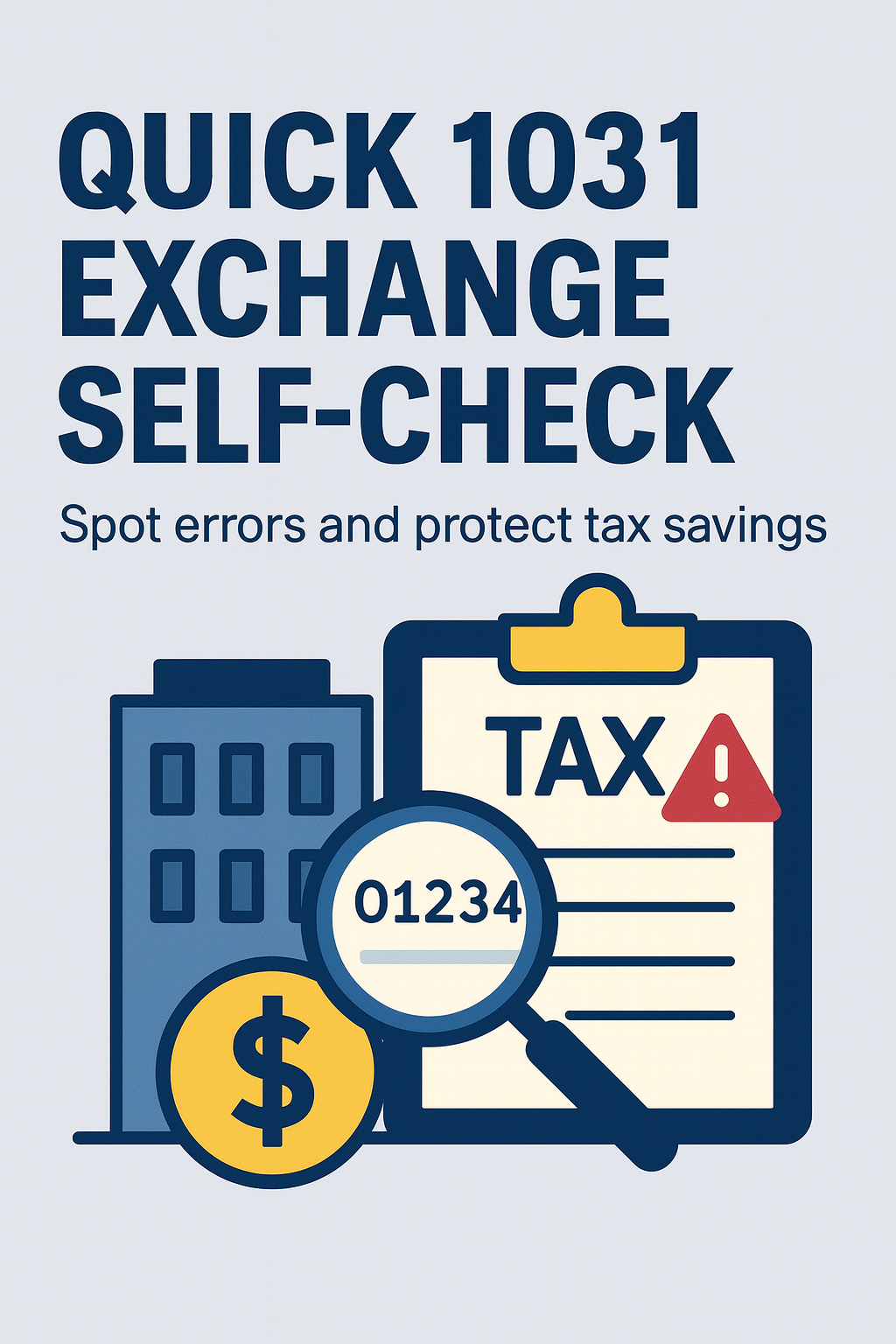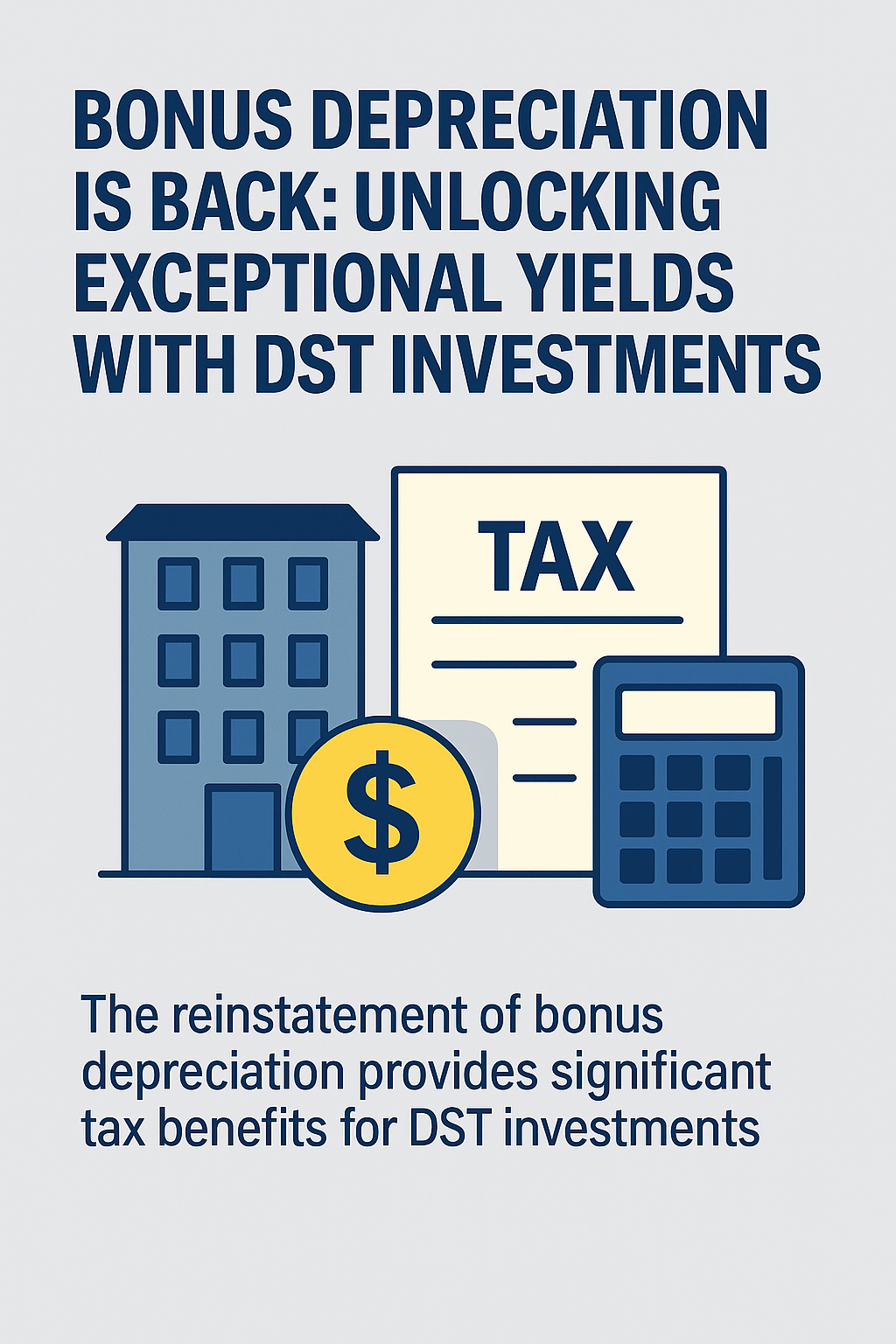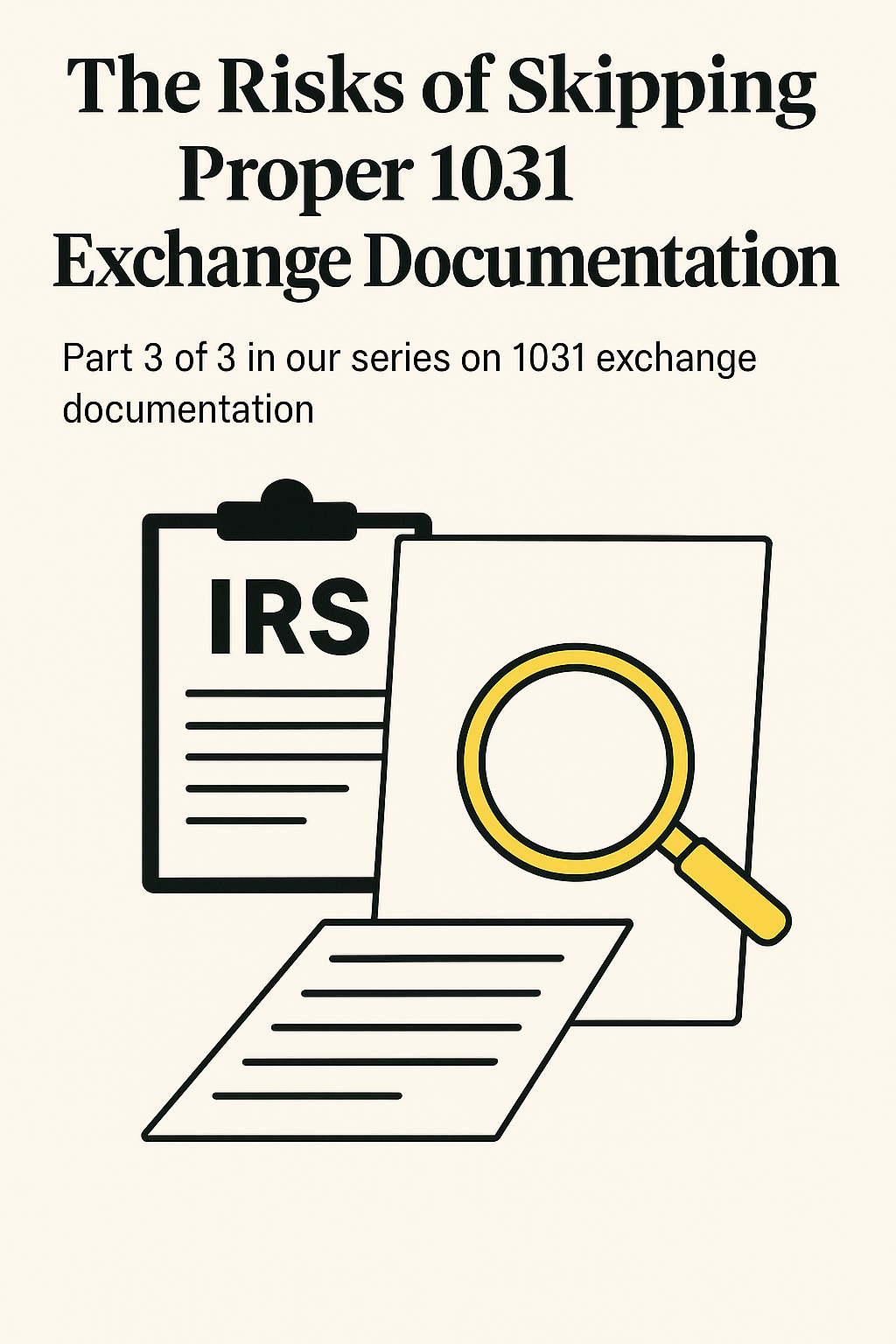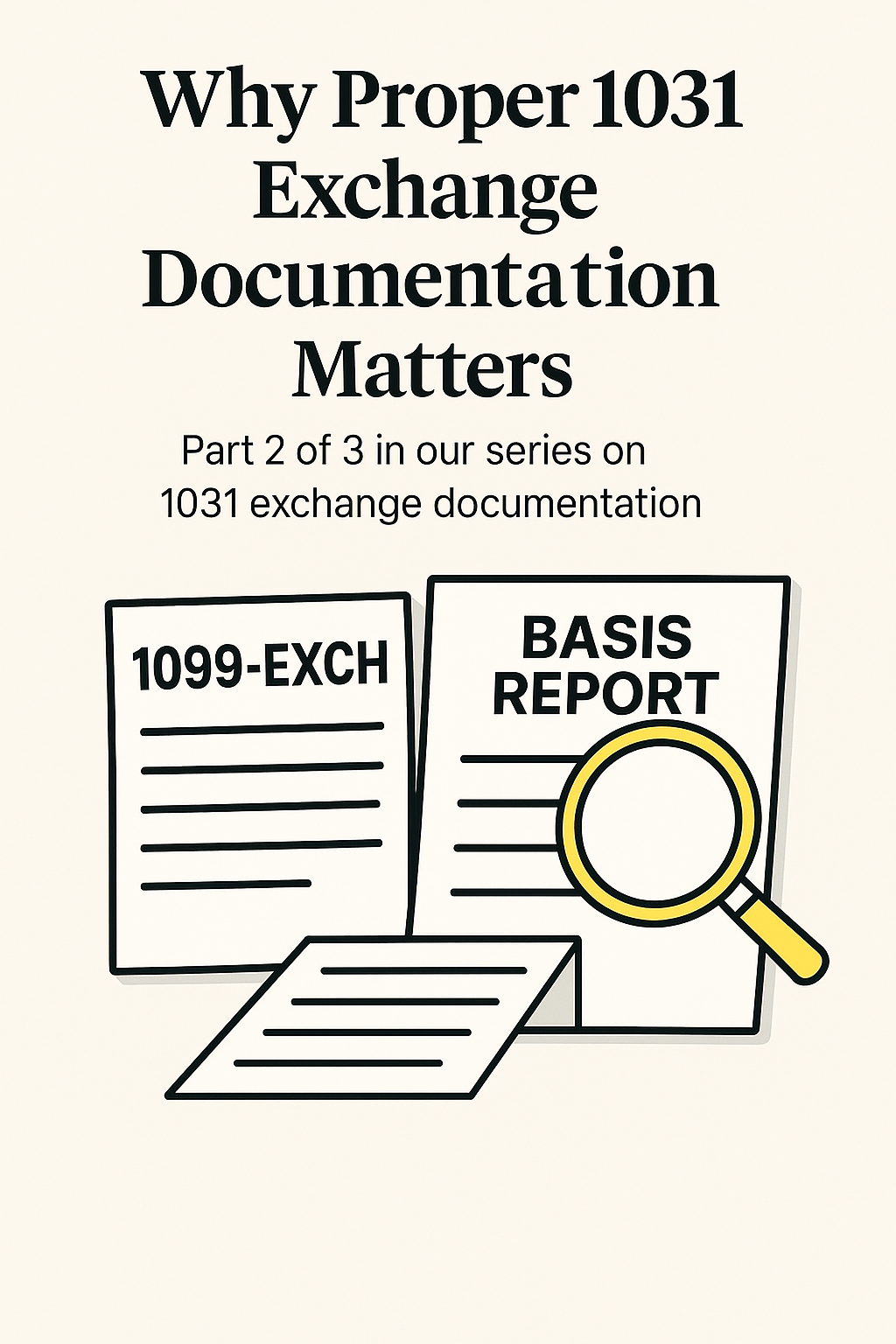Meet Lynn
Lynn is more of a stock market investor than a real estate investor. Although some clients invest in both, most clients like one or the other. Trying to mix the two is like mixing oil and water. It made things more challenging in the exchange that Lynn wanted to do.
Although Lynn was not really a real estate investor, she had $1,750,000 sitting with an accommodator waiting for an exchange from a recently closed escrow. Lynn had sent the money to an accommodator because she knew if she didn’t do an exchange, she would have to pay $500,000 or more in federal and California taxes. If Lynn had her choice, she would have taken the whole $1,750,000 and put it with her other stock and bond investments. The tax bill stopped her from doing this.
Lynn also had some real liquidity concerns. While she did have sufficient retirement assets, she planned to buy the family home from her siblings sometime soon. She would be renovating the home so she could live in it. The cost for the home plus renovations would be about $1,200,000. She had enough liquid money to accomplish this, but it would leave her short of liquid cash for future expenses.
Many Choices, Few Answers
There are many types of real estate: multi-family, industrial, retail, and net lease properties. There are also many ways to buy the real estate: owning individual properties, DSTs, properties with no debt, and properties with lots of debt. Some people Lynn talked to said she should buy DSTs with no debt. They said if there was no debt, there was no risk—but debt is not the only risk in owning real estate. If Lynn were to spend all her money on properties with no debt, she would get no trade-up basis and thus no extra depreciation. The taxes on the rental property she sold had been eating up a large chunk of her profits. Buying properties with no debt would mean that Lynn would face more lost money in taxes. She would have to give about a third of what she wanted to take out in cash to the government.
Lynn Needed Debt
The property Lynn sold had no debt, and Lynn herself had no debt. She wanted to keep it that way. However, debt creates trade-up basis, which, when used with cost segregation and bonus depreciation, can create a large amount of exchange-year federal tax deductions. For Lynn, this was great news because it would help her achieve her goal of more liquidity with less tax.
Lynn asked what her tax picture would look like if she took out $500,000 in boot. If she bought all-cash properties, she would pay tax on all the $500,000, leaving her with a federal and California tax bill of about $160,000. However, if she bought properties with 50% leverage, we could use the trade-up basis to shelter most of that boot. I estimated that her tax would then be about $75,000.
Lynn’s Decision
Up to this point, Lynn had been working with abstract scenarios. When she went shopping for properties, life got a little more complicated. Lynn decided to exchange into DSTs because they would provide her the tax shelter she needed and she wouldn’t have to actually manage the properties. Because debt is already in place with DSTs, she didn’t need to worry about getting financing. Lynn bought several interests in large multi-family properties. She did also want some no-debt property and was attracted to a no-debt DST. We discussed how this would affect her taxes. The no-debt DST was a small portion of her portfolio, and Lynn decided that the additional tax she would pay was small enough for her purposes.
Lynn ended up with about $350,000 of boot. On the federal side, we will be able to shelter more than $300,000 of this boot. For California, she has some other circumstances that will keep the tax low. Altogether, we estimate that Lynn’s tax obligations on the $350,000 boot will be less than $35,000. Of course, if she had spent a little more, we could have cut that number down quite a bit. In Lynn’s case, we balanced her desire for liquidity and for other investments against the tax consequences to come up with a solution that matched her needs.

